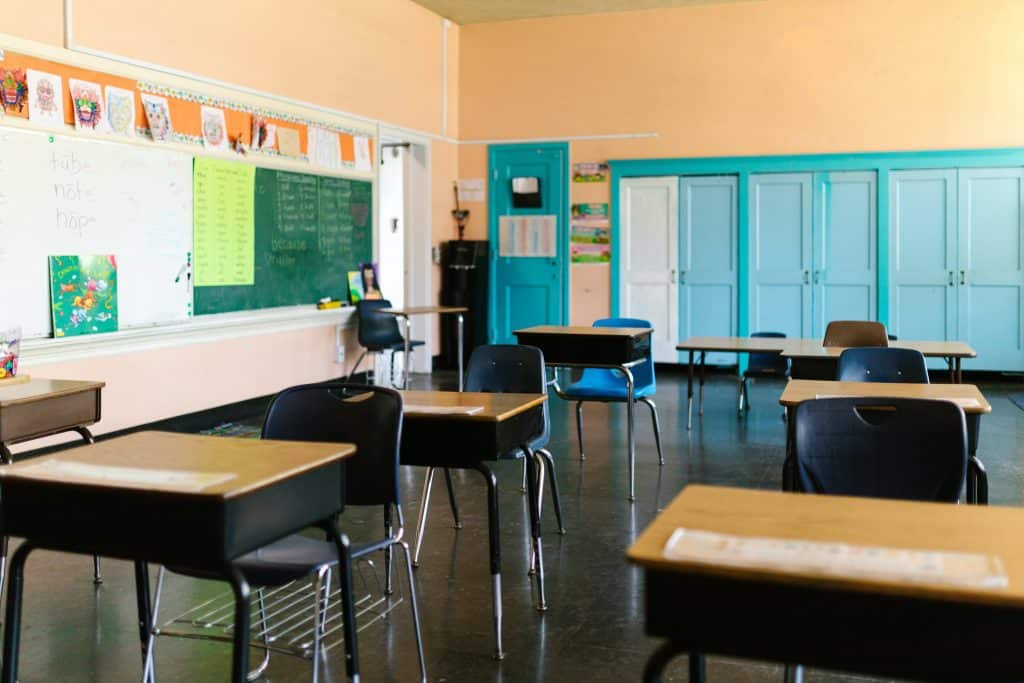Ensuring the safety of students and staff in educational settings is paramount, and fire safety training plays a crucial role in this endeavour. Schools are unique environments that require tailored fire safety education and practices to protect young and often vulnerable occupants.
Understanding the Need for Fire Safety Education in Schools:
- Awareness and Preparedness: Fire safety training raises awareness among students and staff about potential fire hazards in school environments. It equips them with the knowledge to prevent fires and respond appropriately in emergencies.
- Creating a Safe Learning Environment: Regular fire drills and safety training foster a safe learning environment. It reassures parents and the community that the school is prepared to handle fire emergencies.
Effective Implementation of Fire Safety Training:
- Regular Fire Drills: Conducting regular fire drills is essential. These drills should simulate real-life scenarios and involve all students and staff.
- Interactive Fire Safety Education: Incorporate fire safety into the curriculum through interactive sessions, using videos, demonstrations, and guest lectures from fire safety professionals.
- Tailored Training for Different Age Groups: Tailor fire safety training to be age-appropriate. Younger children may benefit from simple, clear instructions and visual aids, while older students can handle more detailed information.
- Engaging with Local Fire Services: Collaboration with local fire departments can provide valuable resources and expertise. Firefighters can visit schools to conduct drills and educational sessions.
- Inclusion of Special Needs Students: Ensure that fire safety training and evacuation plans consider students with special needs, making necessary accommodations for their safety.
- Empowering Teachers and Staff: Provide specialized training for teachers and staff, enabling them to lead students safely during an emergency.
- Parental Involvement: Involve parents in fire safety education by providing information on school safety protocols and encouraging fire safety practices at home.
Fire safety training in schools is not just a compliance issue but a critical component of creating a safe educational environment. By implementing comprehensive and age-appropriate fire safety education, schools can significantly enhance the safety and preparedness of their students and staff, ensuring that everyone knows how to act in the event of a fire.


